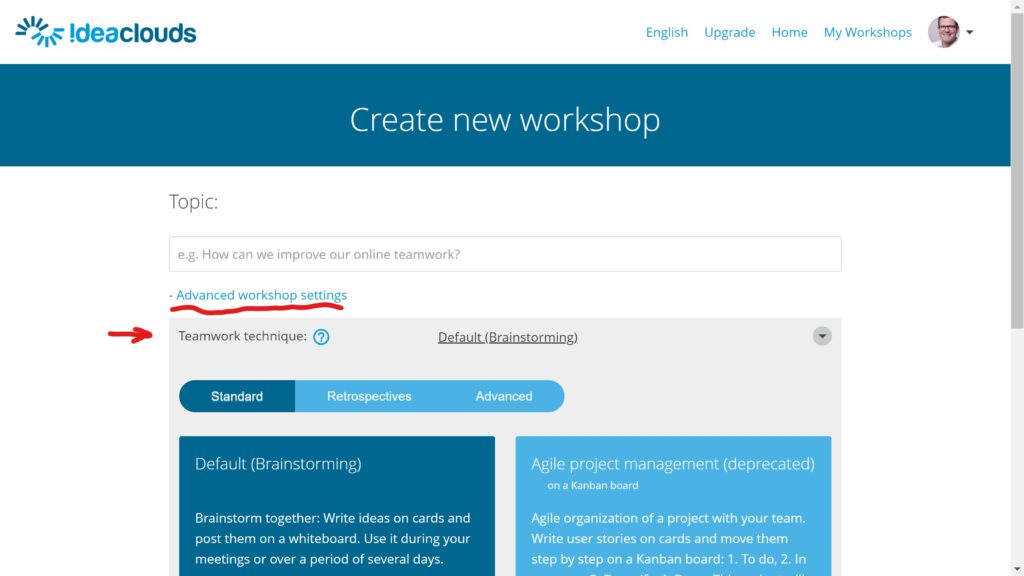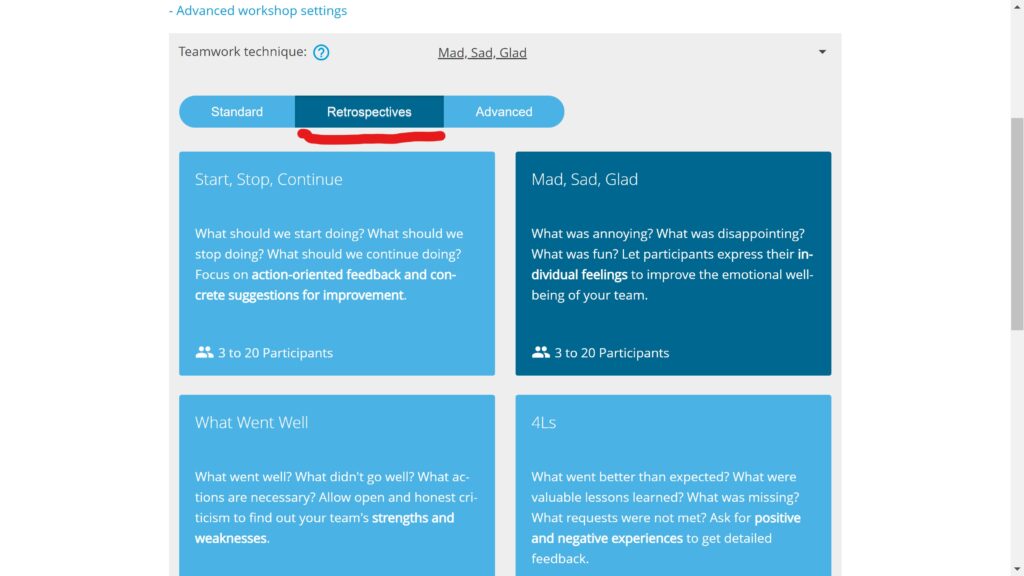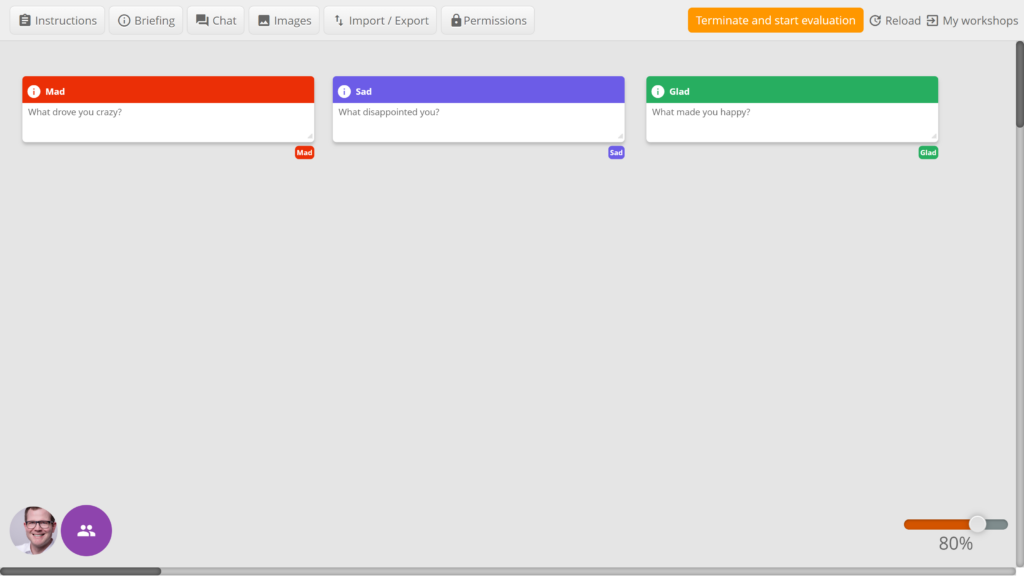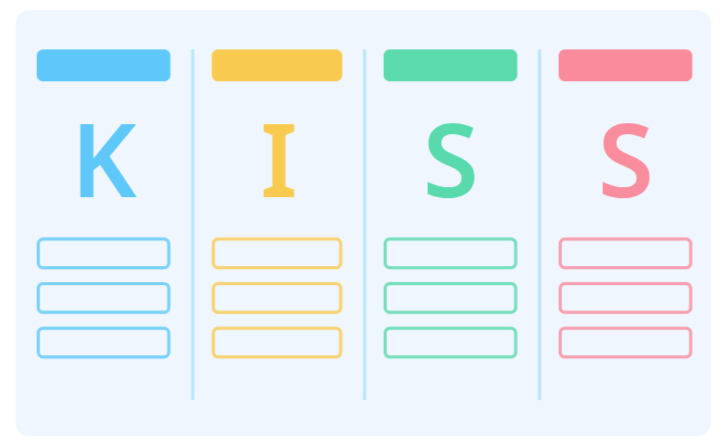Why you should regularly perform retrospective meetings with your team
Not only SCRUM masters, agile coaches and project managers depend on feedback from their teams. Every team should regularly exchange ideas on how to improve collaboration. Retrospectives help you to get better feedback from your team.
Benefits of Retrospectives:
- Continuously improve teamwork to become more effective and complete projects faster
- Identify problems in the team earlier to prevent conflicts within the team
- Give each participant the opportunity to express their complaints and criticisms so that anger doesn’t build up with them
5 Retrospective methods for agile teams to get better feedback
1. Start, Stop, Continue

- Ask your team for: Action-oriented feedback and concrete suggestions for improvement
- Use these questions: What should we start doing? What should we stop doing? What should we continue doing?
2. Mad Sad Glad

- Ask your team for: Individual feelings (to improve the emotional well-being of your team)
- Use these questions: What was annoying? What was disappointing? What was fun?
3. 4Ls

- Ask your team for: Positive and negative experiences
- Use these questions: What went better than expected? What were valuable lessons learned? What was missing? What requests were not met?
4. What went well

- Ask your team for: Strengths and weaknesses
- Use these questions: What went well? What didn’t go well? What actions are necessary?
5. DAKI

- Ask your team for: Productive and unproductive activities
- Use these questions: What do we need to drop? What new things should we tackle? What should we keep? What could be improved?
Why you should use IdeaClouds to conduct your retrospective meetings with your team
IdeaClouds is made for open and fearless team collaboration. All participants can participate equally without fear of criticism.
These are the advantages of using IdeaClouds for your retrospective meetings:
- Choose between different Retrospective methods that have been tried and tested in many companies
- Multiple questions can be answered easily and quickly by writing on cards
- Customization: The standard question cards can also be customized very easily
- Ideas can be collected anonymously
- Ideas can be grouped and categorized
- Anonymous prioritization of the most important improvement ideas – without influence or bias!
- Collaborate synchronously or asynchronously
- Automatic evaluation and documentation of results
- Solution ideas for problems can be collected directly and easily in follow-up sessions
How to start a Retrospective session in IdeaClouds:
1. Open “Teamwork technique” in the workshop creation menu

2. Go to the “Retrospectives” section and choose your method



